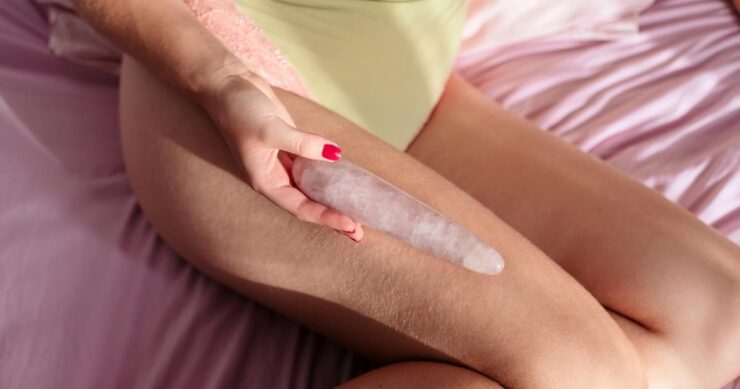Table of Contents
Most people assume that men and women use adult products the same way, for the same reasons, and with the same expectations.
That belief misses the full story. Real differences exist, shaped by social influence, emotional needs, and physical experience.
Anyone who wants a more fulfilling sex life or stronger connection in a relationship needs to know what truly drives the use of adult toys.
Sexuality thrives on curiosity, honesty, and confidence. Yet myths, stigma, and silence hold many people back.
This article clears the fog. It presents the psychological and behavioral patterns that set men and women apart in their approach to adult products.
Key Points
- Male and female toy preferences reveal deeper emotional patterns.
- Social approval impacts male use more than people think.
- Many women seek emotional and sensory balance, not just physical release.
- Frequency of toy use does not always reflect desire.
- Couples benefit when they share their reasons and responses.
1. Emotional Intent Behind Toy Use
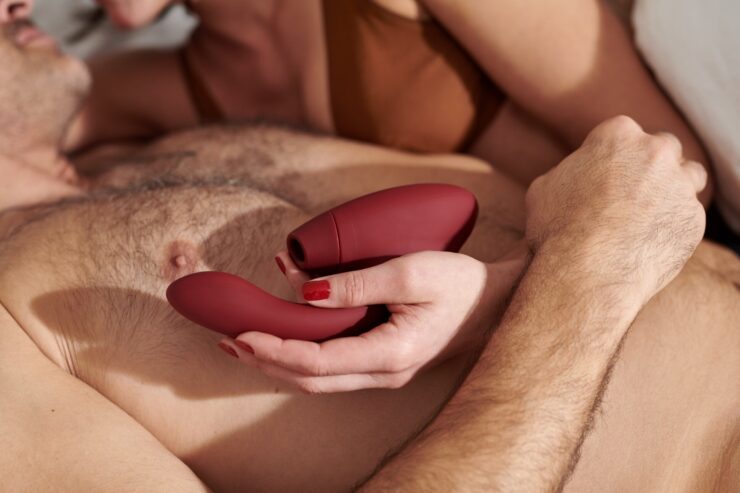
Surface behavior often hides deeper motives. Most men pursue adult toys for stress relief, excitement, or novelty.
The pattern shows a task-oriented mindset. Release becomes the main goal. Many treat products like solutions to a short-term problem. Women approach the same products with a different mindset.
For women, adult toys often serve a broader emotional need. Some turn to them for self-soothing.
Others seek emotional closeness with themselves after conflict or distance. The same action carries a different emotional charge. One product can represent care, escape, or connection.
There is no right or wrong reason. But the deeper the intent, the more meaningful the result. Emotional layers shape the way people experience pleasure.
2. The Confidence Gap in Product Exploration
Many men project confidence about personal pleasure. In private, doubt tells a different story. They worry about how their use of toys reflects on their masculinity. That tension holds them back. Some fear dependence. Others fear judgment. The result is silence.
Women battle a different barrier. Years of shame, silence, and cultural baggage create emotional friction. But once they begin exploring, the curve shifts fast. Curiosity replaces fear. Interest grows. And confidence follows.
Rabbit vibrators, for example, speak directly to that confidence gap. Their lineup honors female preferences. Every design reflects a mix of beauty, quality, and sensory pleasure. With over 50 options crafted for personal or partner use, their products send a message: personal pleasure deserves celebration.
That message matters. Visual design, packaging, and product language influence emotional trust. A product that looks elegant creates a sense of self-worth.
3. The Role of Physical Design Preferences
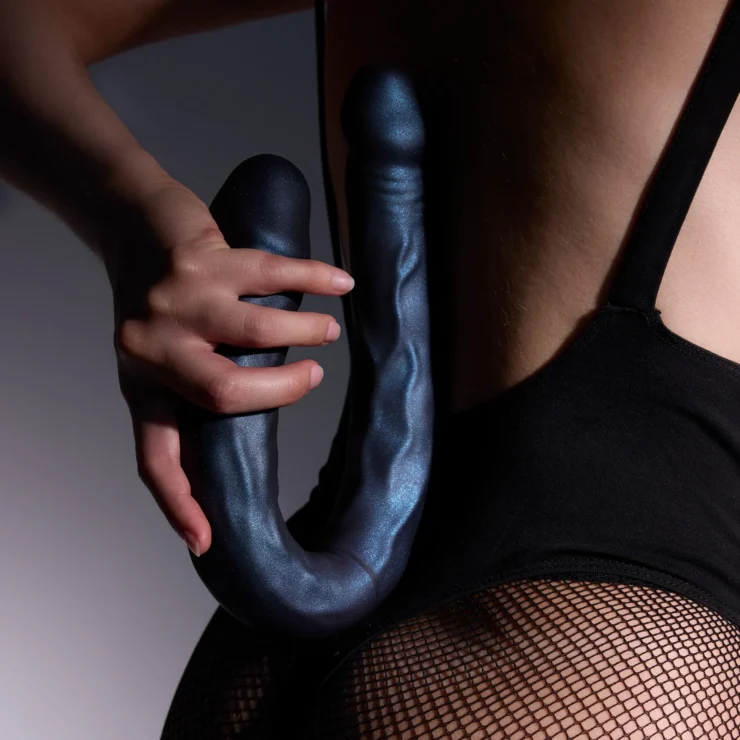
What feels good varies. Preferences often reflect gender-specific patterns. Women often select products based on shape, texture, and flexibility. Function matters, but so does sensation. Products must match the body’s rhythm. Design becomes essential, not optional.
Men, in contrast, often choose based on speed, power, and intensity. Simplicity and ease take priority. Many men want direct stimulation with minimal effort.
Main differences include:
- Women often select dual-purpose products with clitoral and internal stimulation.
- Men favor strokers or suction devices with easy clean-up.
- Women often value design and color. Men often focus on efficiency.
Products that adapt to real preferences offer the best results. There is no universal solution. Choice shapes outcome.
4. Social Approval Shapes Male Behavior
Cultural pressure teaches men to chase performance. Pleasure becomes a side note. As a result, many men treat adult toys with caution. They use them in secret. They avoid sharing that detail with partners. Fear of judgment shapes their decisions.
Some men worry that use might signal weakness. Others believe their partner might question their ability. That fear limits connection and growth.
Typical behaviors include:
- Hiding products in private spaces.
- Avoiding conversations about preference.
- Using items in isolation.
The silence does harm. When men feel safe, honest, and accepted, pleasure expands. Social approval may not seem important, but it often decides whether men seek more or settle for less.
5. Why Women Often Use Toys for Emotional Regulation
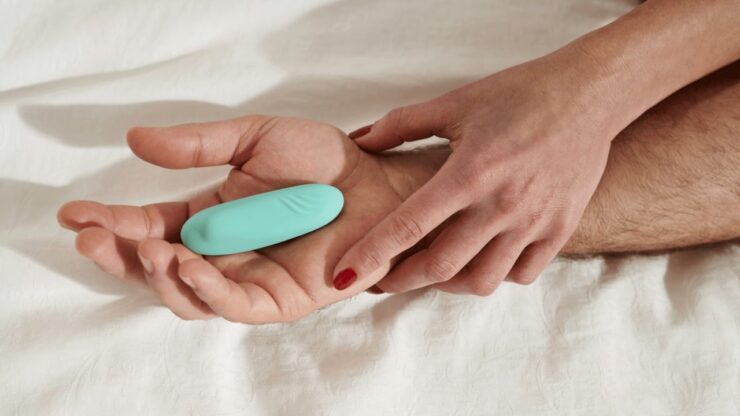
Many women use adult toys for more than arousal. Some need comfort after emotional stress. Others need time alone to reconnect with their own bodies. The motivation often includes peace, not just pleasure.
For example, one woman may reach for a product after an argument to rebuild emotional calm. Another may explore gently after a long day to reclaim space for herself. The product becomes a tool for restoration.
The goal may shift:
- Less about climax.
- More about grounding.
- More about feeling whole.
Pleasure without pressure offers emotional healing. For many women, adult toys restore calm, dignity, and control.
6. Relationship Stage Influences Toy Habits
Relationships evolve. Toy habits change too. In the early stage, people avoid bringing up the topic. Fear of rejection controls behavior. Curiosity exists, but silence dominates. That changes later.
In long-term relationships, couples seek renewal. They want new ways to connect. Products become part of that process. Some use them to enhance shared experience. Others use them to open tough conversations.
Each stage presents new dynamics:
- Early stage: fear of scaring the partner.
- Mid-stage: worry about judgment or comparison.
- Mature stage: craving depth or reignition.
Toy habits often signal relationship patterns. Those who communicate clearly enjoy more satisfaction.
7. Frequency Isn’t Always About Desire
Using a toy often does not prove high desire. Skipping it for weeks does not mean low interest. Patterns tell different stories.
A man may use a toy four times a week to manage stress, not arousal. A woman may use one once every two months but feel fully satisfied. Numbers alone never explain depth or connection.
Variables that affect frequency:
- Emotional burnout.
- Past trauma or body image issues.
- Stress levels or partner dynamics.
Desire does not fit a chart. Real pleasure follows a personal rhythm. Frequency serves as a clue, not a rule.
8. Toys as Tools for Communication
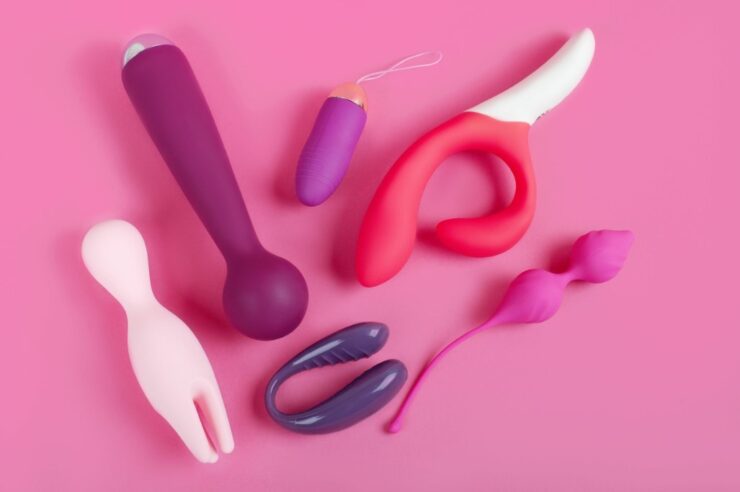
Products create more than pleasure. They create language. Men and women who share preferences often strengthen their bond. The act of choosing, testing, and reacting forms a feedback loop.
Steps to build better communication:
- Create space for private talks.
- Use direct language without shame.
- Avoid assumptions.
- Listen more than respond.
When people feel safe, they share more. That leads to better touch, timing, and trust. Silence breaks connection. Open talk fuels it.
9. Resistance Usually Has Emotional Roots
When someone avoids a product, logic rarely explains it. Emotion does. For men, resistance often connects to pride. For women, it ties to shame. These reactions grow from childhood, media, and social cues.
Instead of force, offer empathy. Ask questions. Invite the story. Avoid the urge to persuade.
Strong questions include:
- What message does it send to you?
- Who taught you that it was wrong?
- What would make it feel safer?
Toys enter the picture only after emotional safety arrives. The tool means nothing without the trust.
10. Cultural Narratives Still Influence Behavior
Culture teaches roles. Men chase. Women receive. Pleasure scripts follow those lines. Products challenge that script. They allow both partners to lead. That causes friction for those raised with rigid expectations.
Some men reject toys because they fear being replaced. Some women reject them because they feel undeserving. Both views grow from outdated norms.
People who step outside those roles often feel free. They explore without guilt. They express with clarity.
Cultural noise fades when truth gets louder. Truth says that pleasure is mutual, personal, and worthy.
11. Curiosity Is the Real Equalizer
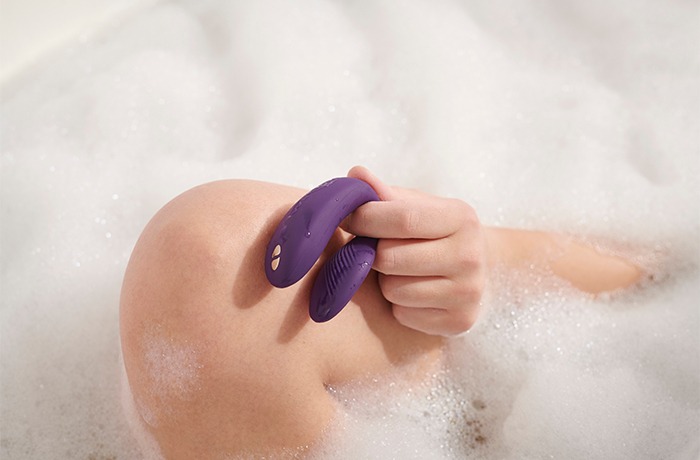
Curiosity makes pleasure grow. Men and women who remain open to new ideas discover more. The body responds to variety. The mind feeds on novelty.
Suggestions to keep curiosity alive:
- Rotate new products each season.
- Try unexpected textures or shapes.
- Alternate solo and partner sessions.
- Set intentions before use.
Every discovery unlocks another layer of connection. Curiosity lowers pressure. It boosts confidence. It encourages learning.
Boredom fades when people keep exploring.
12. What Research Says vs. What People Feel
Surveys give data. But data lacks feeling. A study may show that men use products more often. That fact misses the deeper story.
One woman may use a toy once and describe it as life-changing. A man may use one a dozen times without deeper impact. Quantity does not equal meaning.
Instead of chasing averages, people should ask:
- Did I feel seen?
- Did I feel heard?
- Did I feel safe?
Satisfaction comes from alignment. Mind and body must agree. That agreement creates real pleasure.
Conclusion
The differences between men and women in toy use reflect more than physical desire. They uncover emotional landscapes, social pressures, and relationship patterns. No toy fixes a relationship. But the way partners use them can reveal where they feel free, stuck, or misunderstood.
Men gain most when they release ego. Women grow fastest when they shed shame. Shared exploration opens new paths to trust and intimacy. Curiosity wins every time.
Pleasure belongs to everyone. No permission needed.

